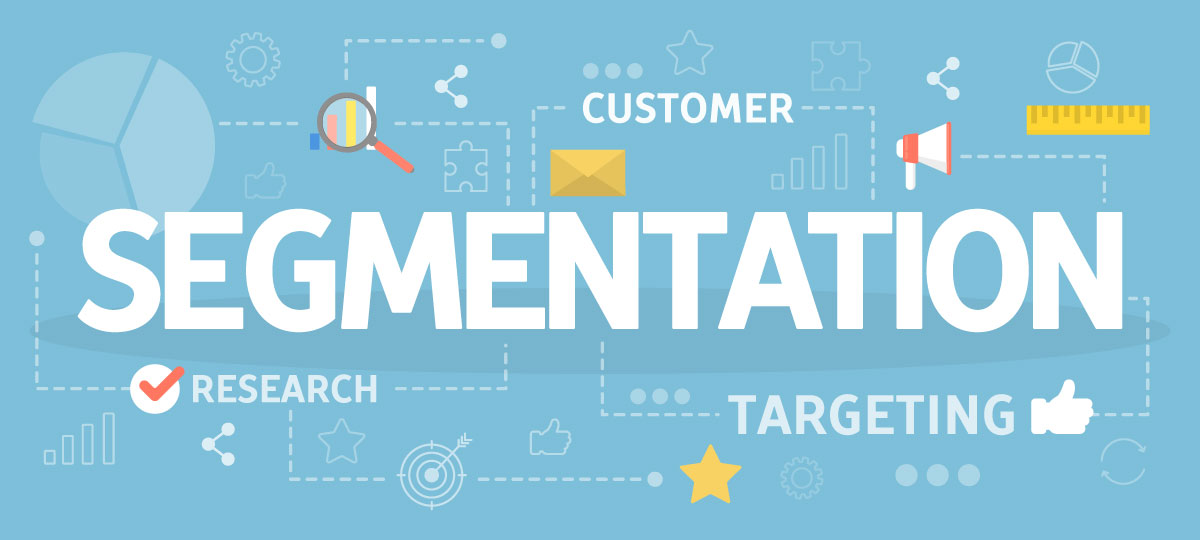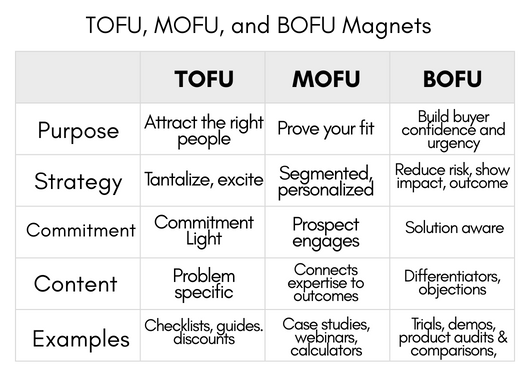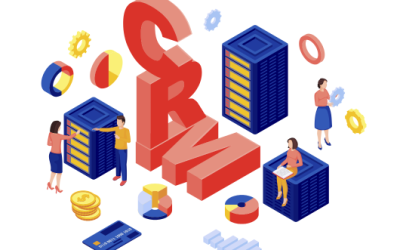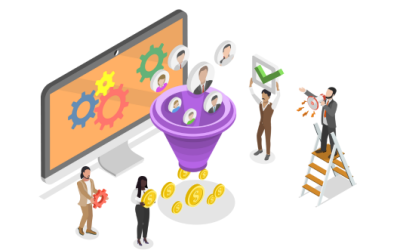Segmentation is a key component of effective marketing and nurturing customer relationships. It is the way to deliver relevant messaging that meets the needs of specific groups within your audience. According to statistics by Higher Logic and Notify Visitors,
- 77 percent of email marketing ROI comes from segmented, targeted, and triggered campaigns. (higherlogic.com)
- 49%of participants stated that they purchased something on impulse as it was presented to them with a personalized message. (notifyvisitors.com)
- Segmentation makes firms 60% more likely to understand customers’ challenges and concerns and 130%more likely to know their intentions. (notifyvisitors.com)
What does this tell us? Segmentation is beneficial in two ways:
- Your customers are more likely to buy on impulse when the message is personalized
- You get a better understanding of your customers’ needs which helps you target like-minded prospects.
There are many ways you can segment including by industry, demographics, location, purchase behavior, and the list goes on. If you think about all the ways you can personalize your message to customers and prospects, segmentation can easily become overwhelming, but we do not want you to feel overwhelmed. We want you to start segmenting your audience without the anxiety, so if you have not segmented your customers previously, segmenting by demographics is a good place to start.
Why demographics?
Demographic by definition relates to segments of a population or area. Common segments of demographics include age, gender, education, income, and nationality. Other segments can include religion, lifestyle, family structure, employment, and language. Segmenting by demographics is a great way to start with personalized messages and data collection to better understand your customers.
Let’s look at a few demographics and how you can use them to segment your message. In each case, your CRM is an excellent tool to do the segmenting for you. In a robust CRM, “Dynamic Lists” enable you to set up the conditions that need to be met to be on the dynamic list. Whether you age, gender, education, or income or you combine a few attributes, your CRM will keep you up to date every time you add a new contact that meets your list’s conditions.
Age
Every age group buys differently. Younger age groups buy and communicate mostly online through apps, texts, and social media. Buyers who are older prefer to talk to someone or communicate through email.
Segmenting your prospects and customers by age gives you the control to deliver content based on their preferred method of purchasing and communicating. For example, if you are delivering a message through text, it needs to be short and to the point. Whereas, if it is an age group that prefers email, the message, layout, and length will be tailored to an email.
Gender
People buy for different reasons. You can see the buying patterns and the purchased products by each gender.
If you are collecting data that includes modern gender types such as non-binary, segmentation by gender is important. This segmentation allows you to send messages based on their pronouns as well as their preferred products and buying behaviors.
Education
Your content needs to be at a level that every customer understands. However, the level of understanding is not the same for everyone. This does not mean that one level is smarter than the other. Rather, it means they use different words to understand and make decisions. For example, if you have a product or service that you are selling to customers that range from high school diplomas to Ph.D., you may want to create separate content for each educational segment based on the everyday language that they use.
Income
Money is often a deciding factor for many people. For others who have disposable income, it is not. As business owners, we need to take this into consideration when we are selling. It is not that we give one income level a break and no break for the other. Instead, it is how we present our product to someone based on their income level.
Segmentation based on income gives you the ability to set up drip campaigns or other messaging based on your customer’s income. For example, someone who lives paycheck to paycheck cannot afford to pay for a new HVAC unit all at once, but they can afford to make monthly payments. You can use your CRM to learn about those who pay upfront and those who need a payment plan. In both cases, you can send relevant offers based on each segment.
Conclusion
Personalizing your content through segmentation is one of the best ways to grow your business. It is best to do this through your CRM. If you do not have a CRM or your CRM does not have “Dynamic Lists”, contact us to schedule a demo of X2CRM and learn how X2CRM can help you grow your business through segmentation.






